
5 San Pedro Cactus Myths Debunked
The San Pedro cactus is a plant native to the South American Andes. It contains mescaline, a psychedelic compound found in numerous other cacti across the Americas. Many myths have evolved around the San Pedro cactus,.
The San Pedro cactus is a plant native to the South American Andes. Like peyote, one of its North American counterparts, the San Pedro contains mescaline, a psychedelic alkaloid.
Mescaline is one of the longest used and longest studied psychedelic compounds in the world, and is known for producing strong euphoric and empathogenic effects. It has a reputation for triggering "life-changing" introspection and hallucinations.
5 San Pedro Cactus Myths Debunked
Unsurprisingly, many myths and rumours have flourished thanks to the exotic origins and hallucinatory effects of this compound and the cacti that produce it. Here are 5 common San Pedro and mescaline myths, debunked.
1. PERUVIAN TORCH CACTUS HAS 10 TIMES MORE MESCALINE THAN SAN PEDRO
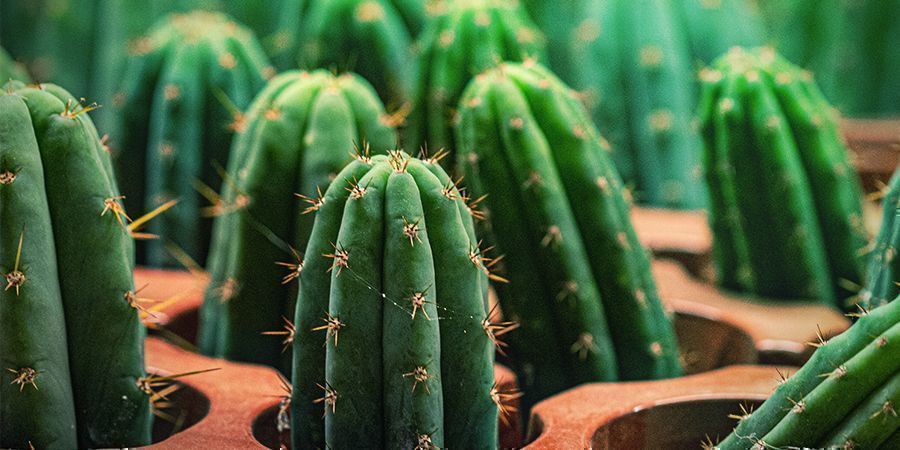
The Echinopsis peruviana (Peruvian torch) species has long been believed to hold exponentially more mescaline than Echinopsis pachanoi (San Pedro). This claim was first made by Adam Gottlieb in his 1977 book Peyote And Other Psychoactive Cacti and has stuck around ever since. However, it is believed that Gottlieb may have made this claim without any supporting evidence, and may have actually missed evidence indicating the contrary.
A study from 2010 found that the opposite may actually be true. While the plant tissue of Peruvian torch cacti contained 0.24% mescaline by dry weight, tissue of the San Pedro contained 4.7% mescaline. While mescaline content differed from plant to plant, this data indicates that San Pedro actually tends to be consistently more potent than Peruvian torch.
2. MESCALINE IS ADDICTIVE
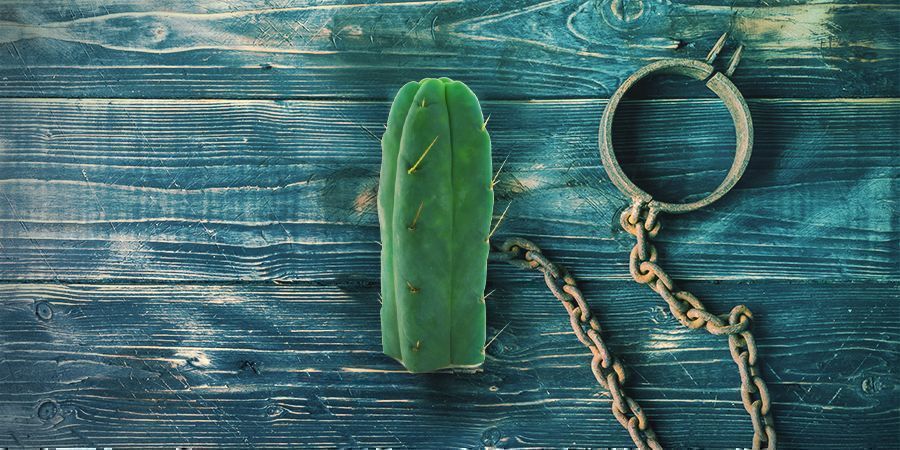
Although further research is required to determine exactly what kind of addictive potential mescaline does have, it doesn't appear to pose a large threat. No research exists to link mescaline use to either physical or psychological dependence.
However, the human body is known to develop a tolerance to mescaline quite quickly; it takes about a week post-use before the body returns to a baseline. Moreover, it is believed that tolerance to mescaline may also dampen the effects of other psychedelics like LSD. Building a tolerance will require someone to consume more mescaline than before in order to feel its intended effect. However, this is not a sign of addiction.
3. MEZCAL AND MESCALINE ARE RELATED
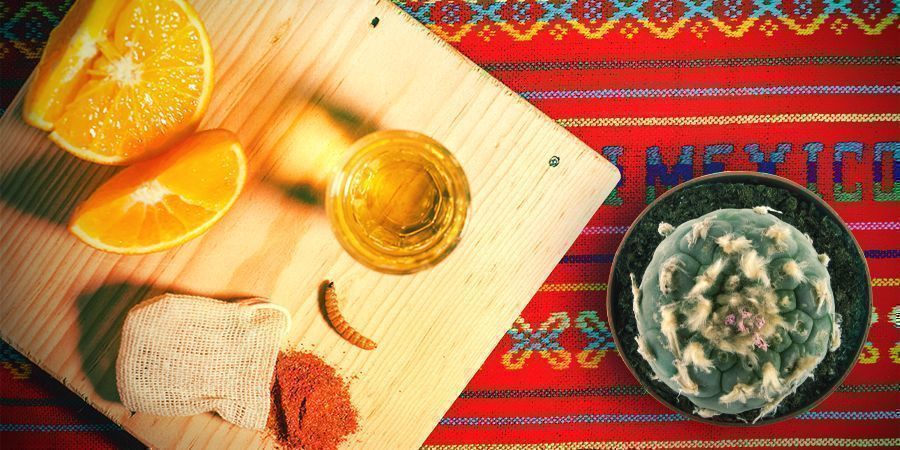
Mescaline is sometimes referred to as "mescal" for short. Because of this, many people make the mistake of confusing it for "mezcal", a Mexican alcoholic beverage. However, mezcal is made from agave, not cactus, and produces no psychedelic effects. Some have asserted that mezcal beans of the Sophora secundiflora variety contain mescaline, however, this is also untrue. It is believed that the world "mescal" may have been incorrectly applied to peyote in the first place, yet it stuck.
4. MESCALINE IS AVAILABLE IN MICRODOTS OR MICRODOSES
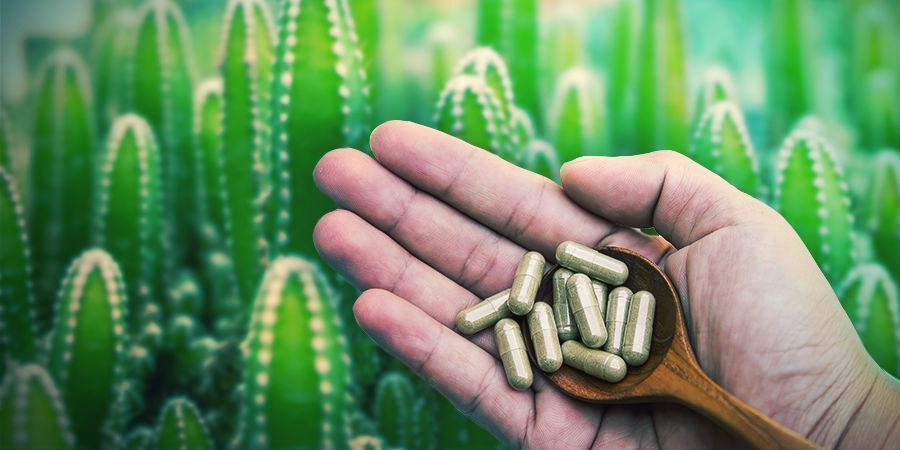
Mescaline sometimes appears to be sold in "microdots" or small pills ranging from 1–3mm in size. However, it is extremely unlikely that anything being sold at this size is genuine mescaline. This is mainly because microdots are too small to hold both mescaline and the fillers required to bind it together in pill form. Instead, mescaline is typically sold in larger capsules. If you’ve been sold a mescaline microdot, be careful because there is a pretty good chance that it is actually LSD.
5. THE MAJORITY OF MESCALINE ALKALOIDS ARE IN THE CACTUS' OUTER SKIN
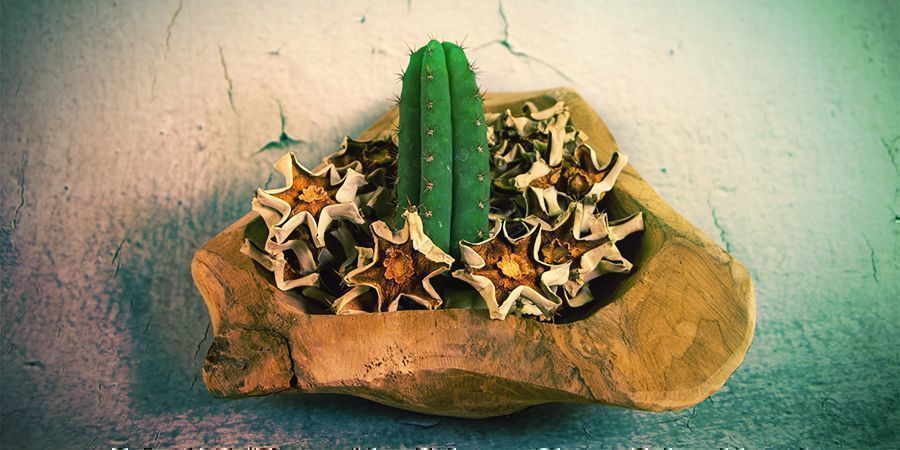
While it is true that the outer layer of the plant contains the highest per weight concentration of mescaline, this outer layer only accounts for a small fraction of the plant’s total weight. This is because the inner tissue of the plant is much greater in mass. As a result, it is believed that ⅔ of alkaloids actually exist inside this inner part, rather than the outer layer. This myth came about because people assumed that the loaded outer skin must contain the majority of the mescaline. Myth debunked!
- Teri S. Krebs, & Pål-Ørjan Johansen. (Aug 19, 2013). Psychedelics and Mental Health: A Population Study - https://journals.plos.org











 United States
United States









